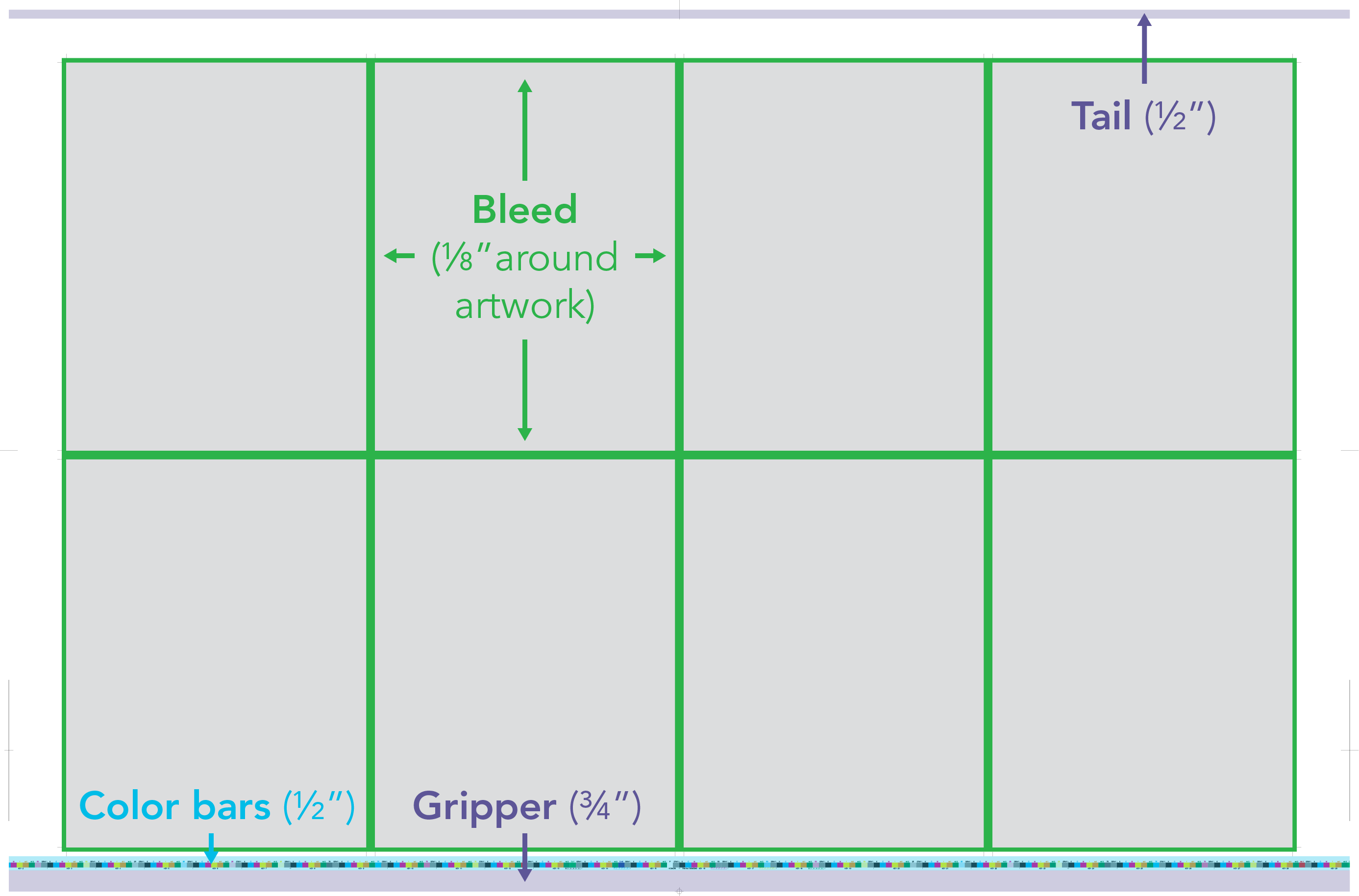What are Standard Offset Paper Sizes?
Offset Paper Sizes
In the world of printing, offset paper is widely used for its versatility, high-quality results, and cost-effectiveness. Understanding offset paper sizes is essential for planning and executing printing projects. In this comprehensive guide, we will explore the standard sizes of offset paper, the differences in paper usage between offset printing and digital printing, and strategies for optimizing paper usage in offset printing projects.
Understanding Standard Offset Paper Sizes
Offset paper comes in a range of standard sizes, each serving different purposes and applications. The most common offset paper sizes include A4, A5, letter size, and legal size. These sizes are widely used in various industries and are easily accessible and cost-effective.
The dimensions of offset paper have a significant impact on the printing process. The size of the paper determines the layout and design possibilities, as well as the number of pages that can fit on a single sheet efficiently. It is essential to understand the relationship between offset paper sizes and printing efficiency to optimize resources and minimize waste.
Choosing the right size of offset paper for your printing project requires careful consideration. Factors such as the type of content, desired layout, and budget constraints should be taken into account. There are several resources available for purchasing or ordering offset paper in various sizes, including online suppliers, local print shops, and specialty paper stores.
Customization options are also available for offset paper sizes. If your printing project requires a non-standard size or shape, many printing companies offer the flexibility to accommodate specific needs. Customization options may include cut size, flat size, and trim size variations.
Offset Printing vs. Digital Printing: Differences in Paper Usage
Offset printing and digital printing are two popular printing methods, each with its own advantages and considerations. When it comes to paper usage, there are notable differences between the two.
One key difference is how offset and digital printers handle paper sizes. Offset printers are generally more versatile and can handle a wide range of paper sizes, weights, and stocks. This allows for greater customization options and the ability to calibrate the press based on the specific paper type being used. Digital printers, on the other hand, may have limitations in terms of paper size and thickness.
The impact of paper sizes on the quality and cost of printing varies between offset and digital printing. While digital printing offers quick turnaround times and is more cost-effective for small print runs, offset printing excels in larger quantity orders. Offset printing also provides superior color reproduction and sharpness, making it the preferred choice for projects that require high-quality prints.
When deciding between offset and digital printing based on paper sizes, it is important to consider various factors. These include the desired print quantity, turnaround time, budget, and specific printing requirements. Case studies showcasing the benefits of offset printing for different paper sizes can provide valuable insights and help inform your decision-making process.
Optimizing Paper Usage in Offset Printing Projects
Efficiency is key in offset printing projects, and optimizing paper usage is crucial for cost savings and waste reduction. Here are some strategies to help you achieve optimal results:
- Optimize press sheet usage based on paper size requirements. By carefully planning and organizing your layout, you can maximize the use of each press sheet and minimize waste.
- Reduce waste and increase cost savings through effective paper utilization. Proper planning of your printing project ensures that you order the right amount of paper and minimize excess stock.
- Align the flat size with the press sheet dimensions. This ensures that your artwork fits perfectly on the press sheet, reducing the risk of errors and the need for reprints.
- Maximize efficiency through gang printing. Gang printing involves printing multiple versions of a design on a single press sheet. This allows for increased productivity and cost savings.
- Leave space for gripper, tail, color bars, and bleeds on press sheets. These elements are essential for the printing process and should be considered when planning your layout.
- Consider combining multiple versions on a single press sheet. This can further optimize efficiency and reduce costs by minimizing the number of press sheets needed.
- Match the flat size to the press sheet dimensions. By ensuring a proper fit, you can avoid unnecessary waste and save on printing costs.
- Calculate the paper stock availability timeline. It is essential to plan ahead and ensure that the required paper stock will be available when needed to avoid delays in your printing projects.
By implementing these strategies, you can optimize paper usage, reduce waste, and achieve cost savings in your offset printing projects.
In conclusion, understanding offset paper sizes is crucial for successful printing projects. Whether you are seeking standard sizes or need customization options, offset paper offers versatility and cost-effectiveness. Knowing the differences in paper usage between offset printing and digital printing can help you make informed decisions based on your specific requirements. By optimizing paper usage in offset printing projects, you can maximize efficiency and minimize waste, resulting in cost savings and high-quality prints.
| Offset Paper Size | Dimension (Width x Height) |
|---|---|
| A4 | 210mm x 297mm |
| A5 | 148mm x 210mm |
| Letter Size | 8.5in x 11in |
| Legal Size | 8.5in x 14in |
| Offset Printing | Digital Printing |
|---|---|
| Versatile | May have limitations |
| Superior color reproduction | Quick turnaround times for small print runs |
| Cost-effective for large quantity orders | May be more cost-effective for small print runs |
## FAQs about Standard Offset Paper Sizes:
What are some common standard sizes of offset paper?
A: To understand standard offset paper sizes, you should be familiar with common sizes like A4, A5, letter size, and legal size.
How does the size of offset paper impact the printing process?
A: The relationship between offset paper sizes and printing efficiency can be understood by considering factors like layout possibilities and the number of pages that fit on a single sheet.
Where can one purchase offset paper in various sizes?
A: To buy offset paper in different sizes, you can explore options such as online suppliers, local print shops, and specialty paper stores.
Are customization options available for offset paper sizes?
A: Customization options like cut size, flat size, and trim size variations are often offered for offset paper sizes to accommodate specific project needs.
After diving into offset paper sizes and printing methods, it’s clear how crucial size is. Matching sizes optimizes efficiency and reduces waste for cost-effective results. Offset printing shines with its paper variety and customization while digital boasts speed. Consider your project needs carefully when choosing between the two. Aim for maximum printing efficiency by aligning flat sizes with press sheet dimensions and utilizing space wisely. Remember, the right paper size can make a significant impact on your printing journey.





